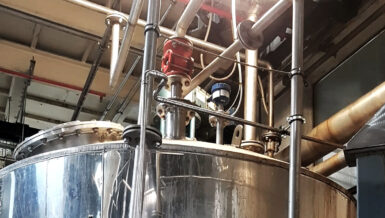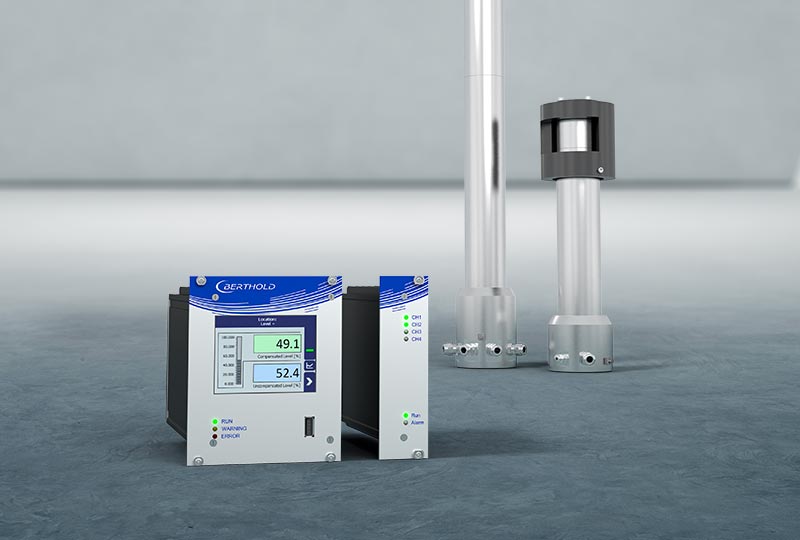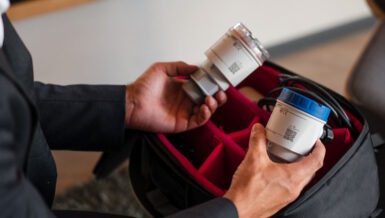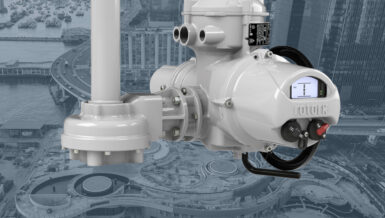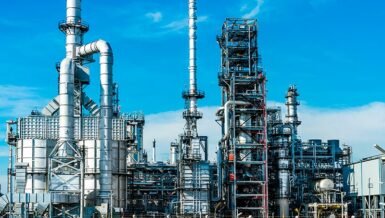What’s our story?
Consider this: Very little has changed over the years in the water and waste water processes. Furthermore, it is not like ultrasonic-based instruments have been lacking in performance when used in these processes and that finally radar is here to fill the gap. So, why use a technology that, for all practical purposes, is still in its infancy when comparing its functionality to ultrasonic technology?
Although radar has its place in difficult applications (high temperature, presence of vapors and pressure), these environments are not common in the water industry. These conditions are common in the industrial market and, by and large, in the chemical industry. In fact, some of the conditions found in wet wells and OCM applications are not favorable for radar, i.e. condensation, build-up and submergence.
With the introduction of compact radar devices and some with Bluetooth connectivity, the radar narrative for water applications seems to be taking some traction. On the surface, these newcomers can look attractive and could take hold of the market. That is, if we subscribe to the persuasion that radar technology is all that is needed to supersede the ultrasonic level’s performance in the water market.
For several decades, the water market has been well-served with sound level solutions using ultrasonic instruments. However, even though radar transmitters lack the comprehensive functionality found on ultrasonics controllers, they are nevertheless offered as a comparable or better solution.
An instrument supplier with a strong ultrasonics and radar offering will, rightly so, fit the best level technology to meet the application’s requirements. If ultrasonic technology reaches its limits, then radar or guided wave radar or pressure may be the way to go. There is no need for bias or to promote the one-technology-fits-all approach due to portfolio limitations.
When faced with a situation where radar is being favored over ultrasonics, dig a little deeper and you will find out that it is more likely the narrative that is driven by a false sense of better value or possibly better accuracy over ultrasonics. Who truly wants to know the sewage level in a wet well down to +/- 2mm? (This is about the thickness of a penny ).
Add the possibility of fouling due to the unclean environments that radar instruments are placed in and the lack of self-cleaning capabilities subsequently results in the customer ending up with a higher cost of ownership.
Trust that by choosing transmitters and controllers with a well-established pedigree the need for second guessing is eliminated. With Sonic Intelligence and advanced signal processing algorithms, plus hermetically sealed and self-cleaning transducers, you end up with trustworthy solution and a low cost of ownership, which translates to real savings.
Choosing radar over ultrasonics in the water industry can fall short in the long run. Ultrasonic instruments have been designed with the functionality that has come to be expected in the water market. Ultrasonic instrumentation is not simply a technology geared to be randomly applied, as it is done these days with radar transmitters with the sole goal to increase market share while at the same time not meeting or exceeding the customer expectations.
What’s their story?
Don’t take our word for it. Any instrument supplier with a solid portfolio will be quick to point out that ultrasonic level transmitters are well-suited for most level and monitoring applications in water. And the common ground is that the advantages offered by ultrasonics have rendered the technology the standard in the water industry.
Remember that for radar transmitters to truly be contenders in the water market, they will have to be designed beyond simply providing a level measurement with a narrow scope of capabilities.
Why choose radar when ultrasonic transmitters can do this?
- Proven in applications full of clutter
- Underground installation (i.e. below wet well cover)
- Direct selection of primary device (OCM built-in functions)
- Alarms relays, pump control and energy saving pump algorithms
- Submergence protection during flooding conditions
- Self-cleaning transducers (build up and condensation)
- Dual point capabilities
- Rake control (bar screens)
- Energy saving algorithms
- Data logging
- Maximum and minimum flow rates records
- Local display- flow, head, totalizers, etc.
- PLC back up control
- 1,200 feet of separation between controller and transducer
- Unrestricted use by the FCC in open air applications
- Totalization and sampling
- +/- 1 mm accuracy





